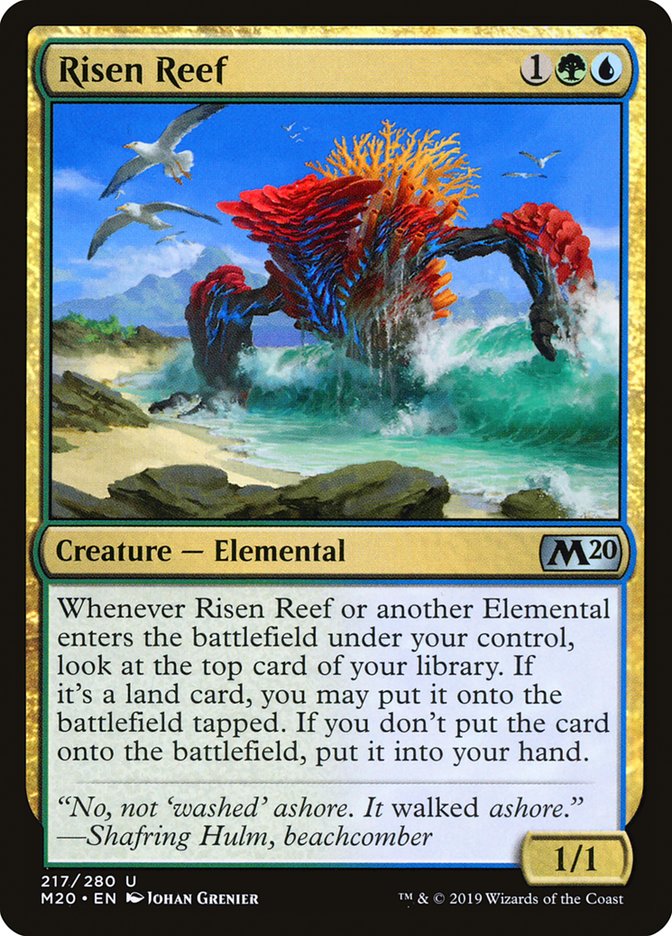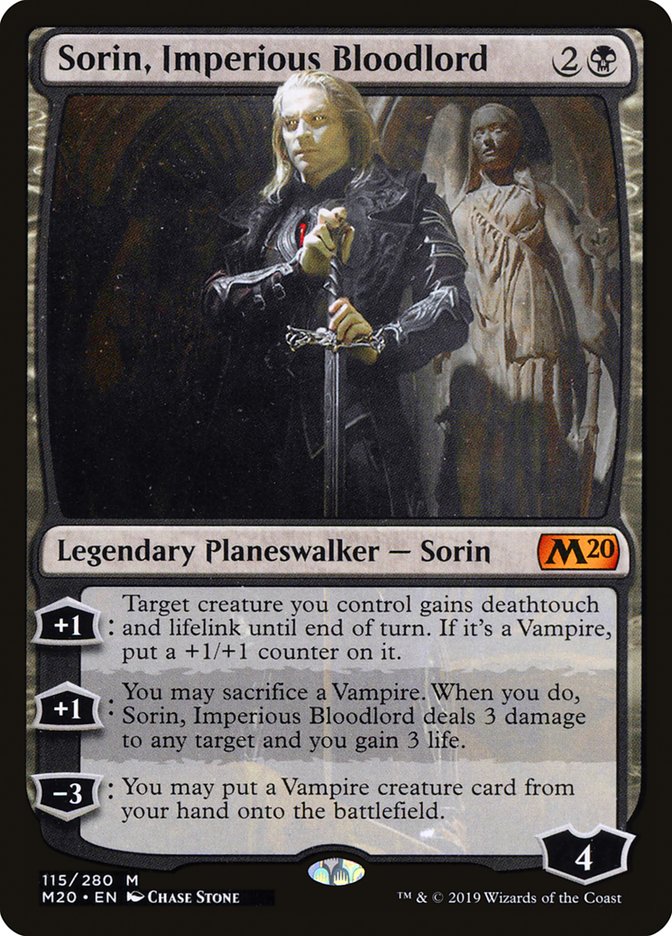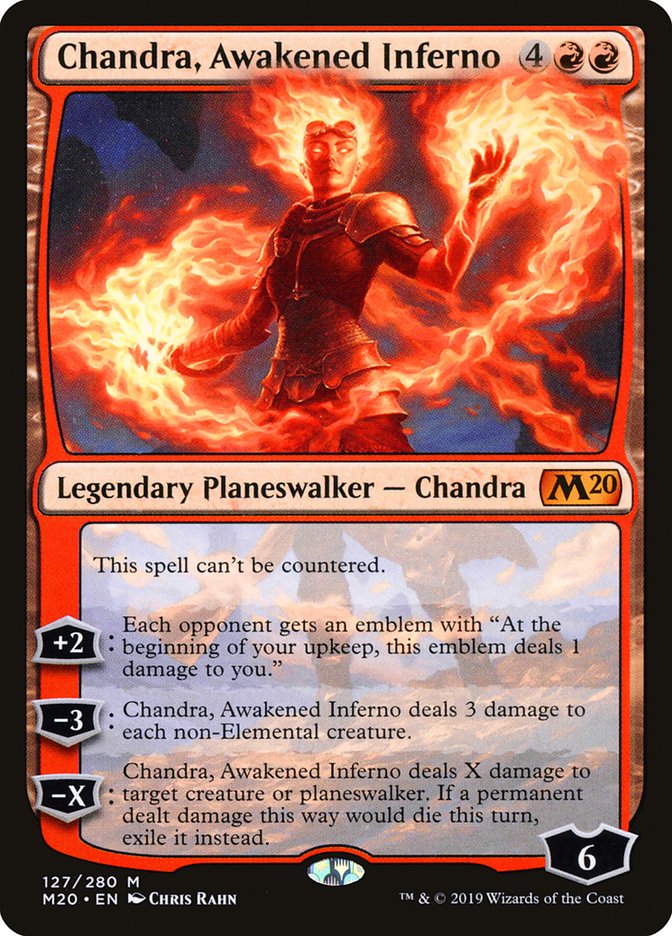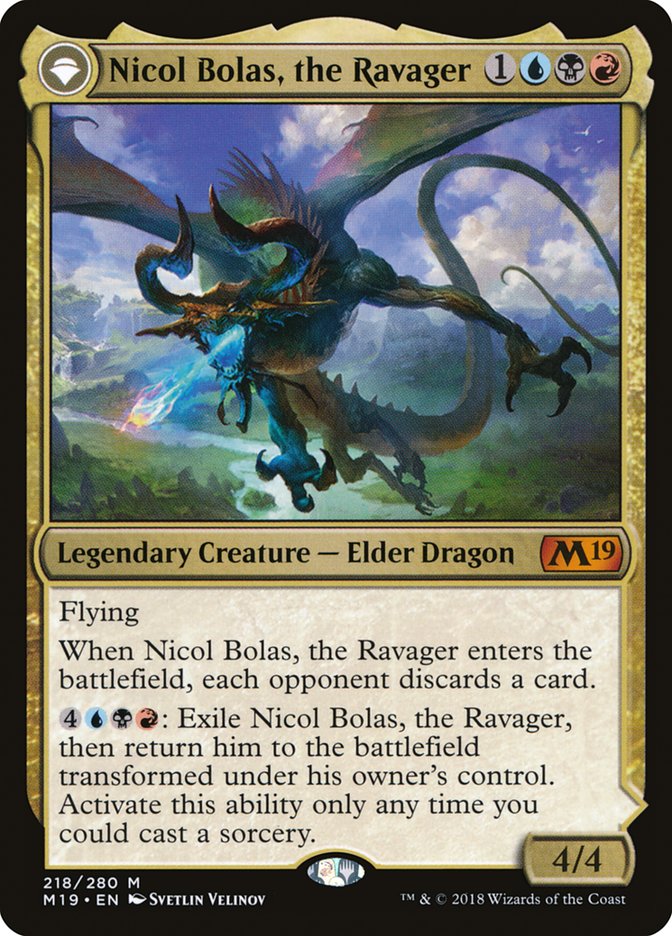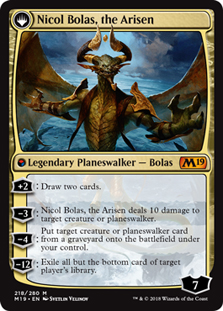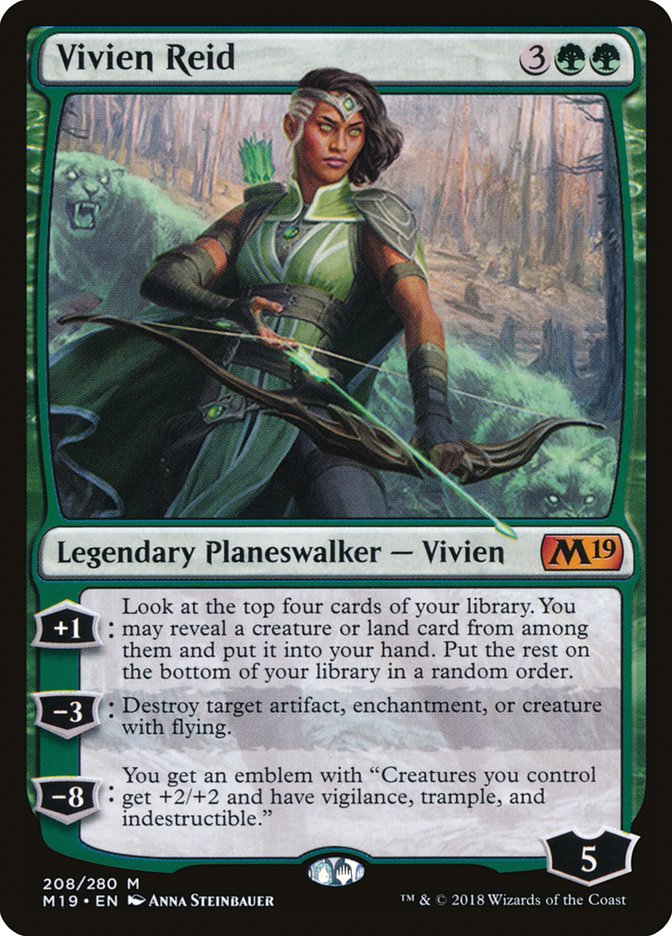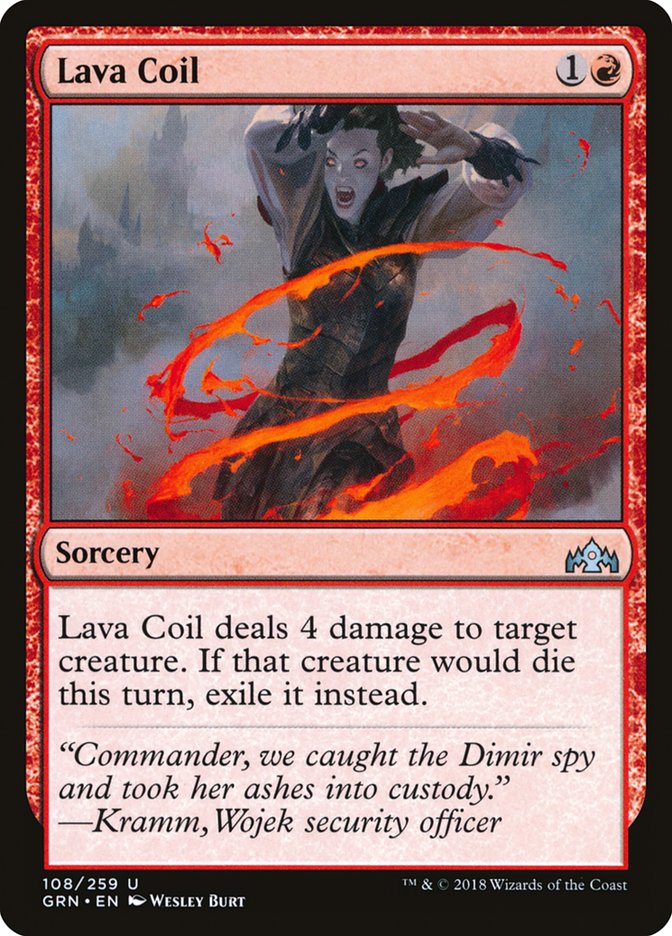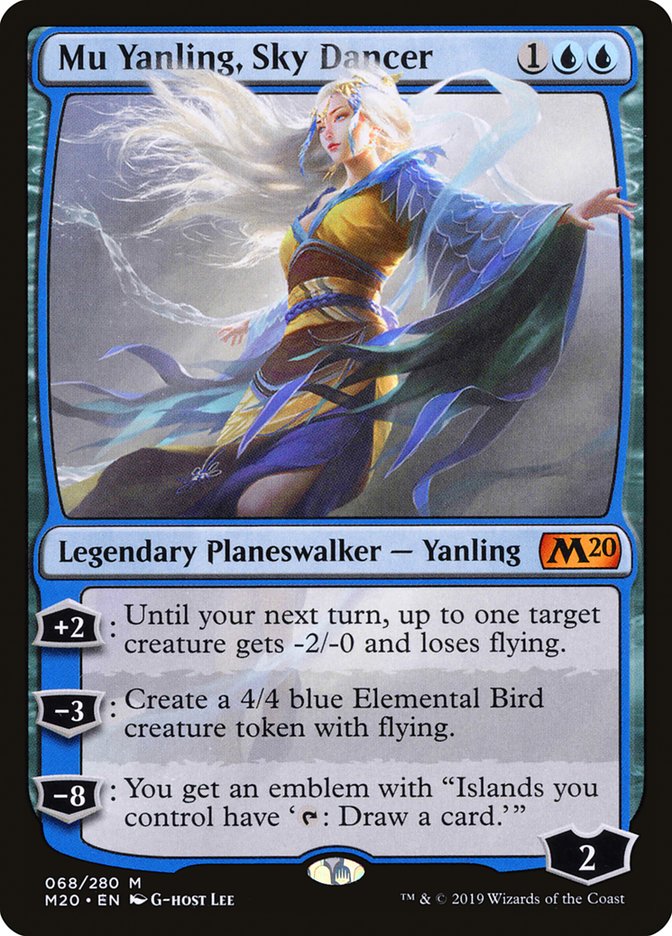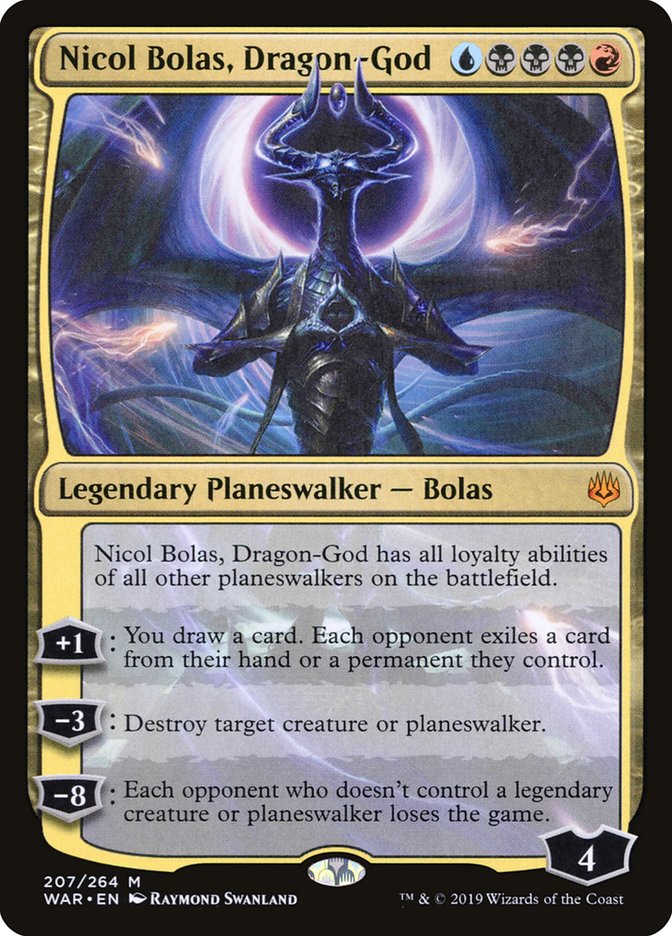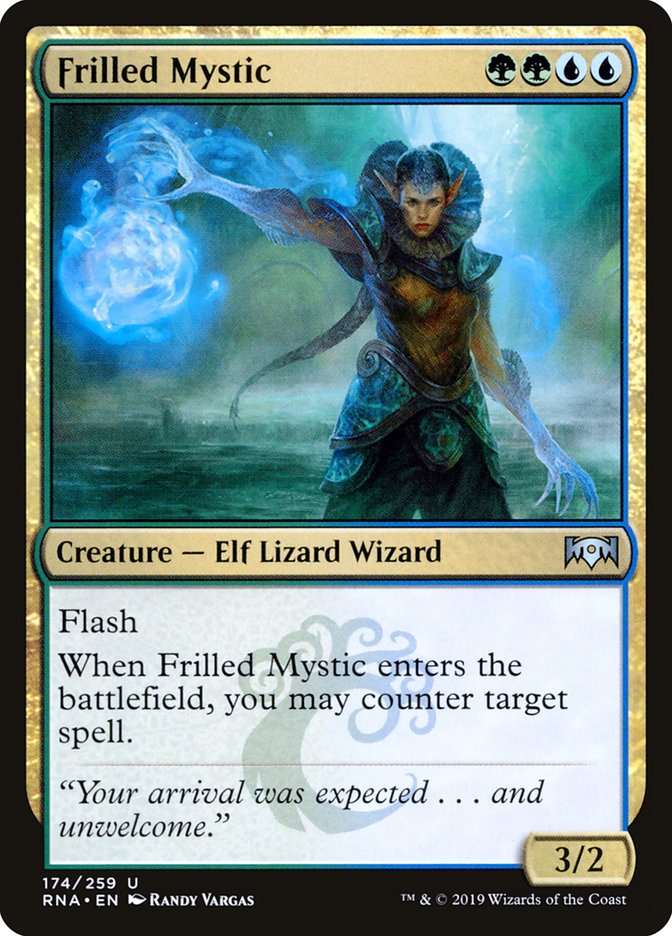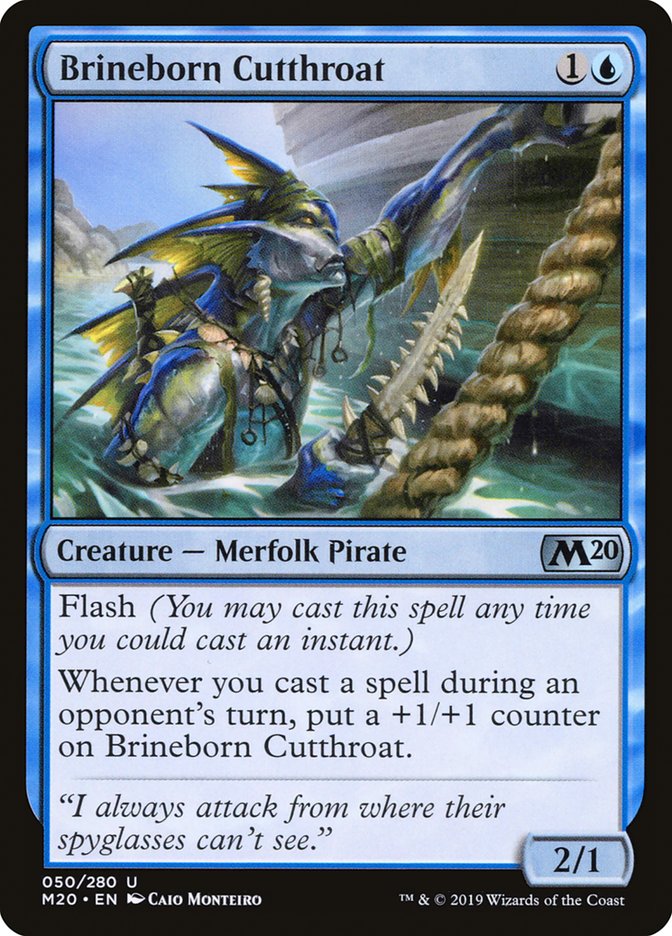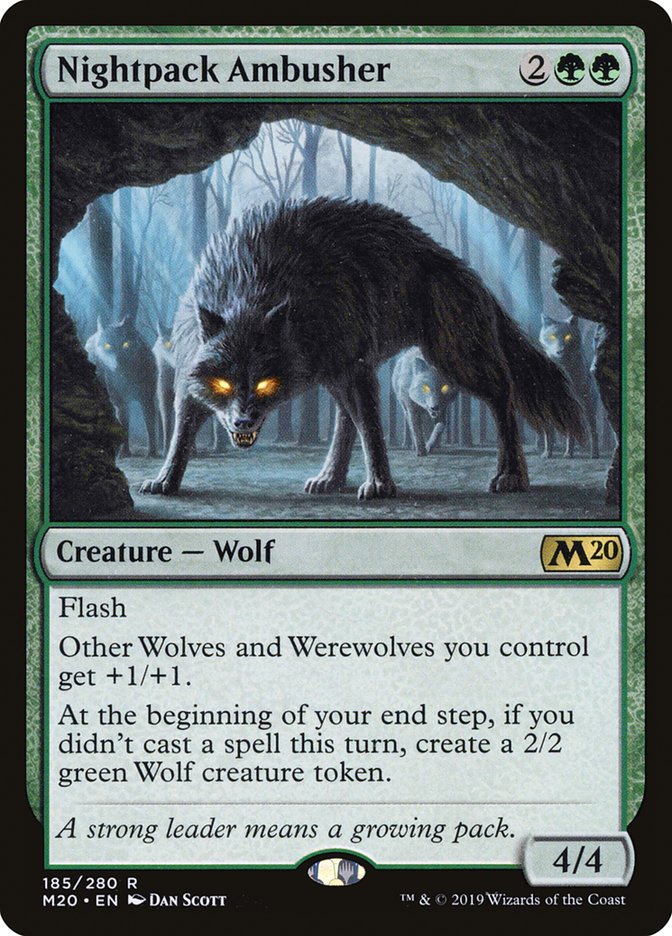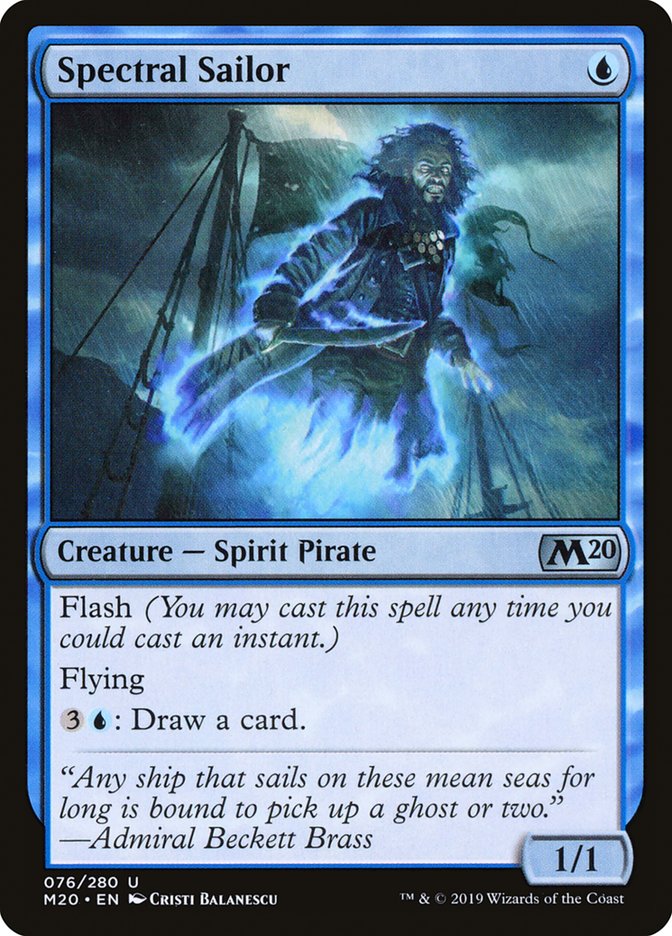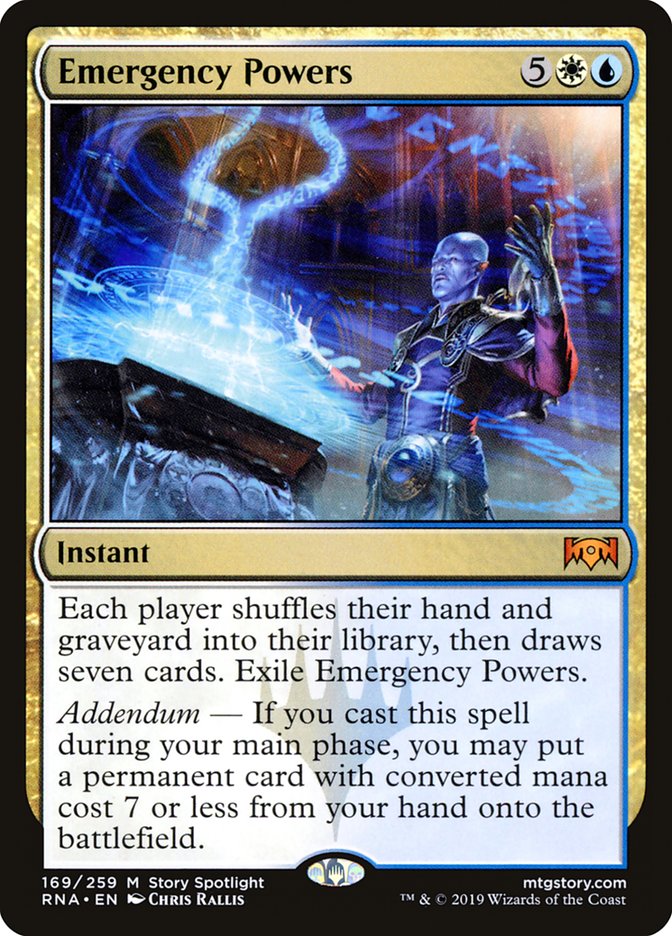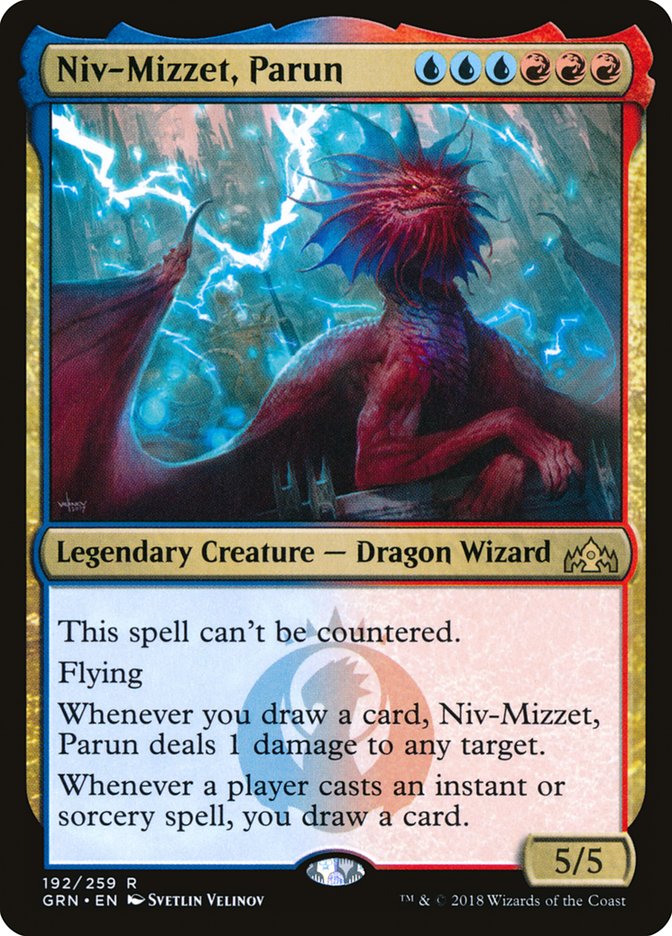New sets are among the best things about Magic. They scratch the itch that inspires all of us to play the game in the first place, and keep the game fresh by renewing the desire to solve deckbuilding puzzles and predict metagames with accuracy.
Cards like these are already showing up in several strong decks, as new cards are often the focal point when a new set is released. This is natural. Our minds gravitate to the plethora of new interactions and strategies that we can employ.
It’s important to consider that these cards aren’t entering a vacuum, however. There are eight sets that make up the Standard format, and Core Set 2020, while powerful, is only one of them. The old cards are every bit as important as the new ones and likely more so. The goal today is to shed light on some cards that are currently legal that tend to be forgotten amidst the deluge of new ideas, and point out ways that these cards can favorably interact with recent printings.
SCG Tour standout Dylan Donegan posted a meme on Twitter last week alleging that every SCG Tour regular is fervently testing some Grixis Bolas pile with the release of each new set:
It's that time of year again….. ♂️ pic.twitter.com/Vw2AHbeVXu
— Dylan Donegan (@DylanD_MTG) July 3, 2019
I laughed because there’s a hint of truth to every successful hyperbolic joke. Nicol Bolas, the Ravager is a particularly enticing Magic card, especially for Spikes like me. The rate on this four-mana mythic is pretty stellar and Nicol Bolas, the Ravager is the kind of card that feels good to cast. Lots of SCG Tour regulars are forced to evaluate threats in eternal formats routinely, and this Bolas is also the kind of card that people who regularly assess threats in eternal formats likely think should be insane in Standard.
Now, this sentiment is pretty easy to understand when you consider that you’re gaining card advantage, acquiring a mana sink, gaining inevitability, and getting a 4/4 evasive body, all for just four mana. It’s not that simple, though. Context is important, and the formats in which Nicol Bolas, the Ravager has existed have been rather hostile to such a card.
Vivien Reid was the best non-Teferi planeswalker in Standard from its printing last summer through early 2019. It was a ridiculous tempo loss if you got your Bolas blown up by a Vivien -3 activation. Its prevalence in Standard kept the number of Grixis Bolas decks to a minimum.
Lava Coil has been the best creature removal spell in Standard since its printing in October 2018. It’s a great answer to Bolas that also has plenty of other great targets. Lava Coil isn’t going anywhere and that’s another reason why Bolas has been held down a bit.
One of the other problems with Grixis Bolas in general is that while Bolas is a great threat on rate, the deck is an attrition-based midrange or control deck. Two of the best cards for such an archetype are Narset, Parter of Veils and Search for Azcanta. Neither of these cards can dig up a Bolas, while the best threats in Esper colors are all searchable. Teferi, Hero of Dominaria and Teferi, Time Raveler are both incredibly powerful and they make the cost of choosing Grixis over Esper rather high.
It’s not all bad for our dragon daddy, however. Mu Yanling, Sky Dancer, a new three-mana planeswalker that I covered last week, has a lot of synergies with Nicol Bolas, the Ravager. The best of the bunch is that it makes a 4/4 flyer, as this taxes removal spells that can target 4/4 flyers. Additionally, the fact that Yanling can make its Elemental Bird on Turn 4 alongside Nicol Bolas, the Ravager’s arrival can really constrain both your opponent’s removal and mana.
Yanling would be objectively more powerful if it could make a token the first turn it enters the battlefield, but in the case of its interaction with Nicol Bolas, the fact that you can deploy two 4/4s in a single turn is actually beneficial to your sequencing. If your opponent, for example, leaves their mana untapped for creature removal the turn you cast Yanling, they don’t actually get to use it. Further, they might not be able to kill both Nicol Bolas and your Elemental Bird in one turn cycle. And even if they do, you still have a planeswalker that can protect itself while taxing their plays throughout the early game. This opens up a window for a different planeswalker, Nicol Bolas, Dragon-God, to shine.
Nicol Bolas, Dragon-God is almost certainly a worse version of Teferi, Hero of Dominaria, but Teferi is almost always best used in reactive decks that slant towards control. The new face of Grixis can be threat heavy and proactive because Yanling and Nicol Bolas, the Ravager do a great job of paving the way for the Dragon-God, which is great when you’ve been killing things throughout the game. This type of Grixis strategy obviously does a great job at blowing up opposing threats, and Yanling and Nicol Bolas, the Ravager can present an interesting angle of attack for a deck that is generally reactive.
If I were to play Grixis Bolas at SCG Worcester this weekend, it would look something like this:
Creatures (4)
Planeswalkers (12)
- 4 Nicol Bolas, Dragon-God
- 2 Narset, Parter of Veils
- 1 Sarkhan the Masterless
- 2 Chandra, Awakened Inferno
- 3 Mu Yanling, Sky Dancer
Lands (26)
Spells (19)
- 3 Shock
- 2 Negate
- 3 Vraska's Contempt
- 1 Search for Azcanta
- 2 Cast Down
- 4 Thought Erasure
- 2 Ritual of Soot
- 2 Angrath's Rampage
Sideboard

The next deck that interests me involves a card from Ravnica Allegiance that’s often forgotten about and a couple of cards from Core Set 2020 that make it considerably more powerful.
A fair number of the AABB guild cards have seen play in some capacity. Crackling Drake and Basilica Bell-Haunt are definitely the best ones, but Nightveil Predator was a mirror breaker for Esper Hero at the Season One Invitational at SCG CON Summer. Frilled Mystic, Simic’s AABB guild uncommon, is often forgotten about despite being a fantastic spell on rate. When War of the Spark released a few months back, SCG Tour standout Harlan Firer cracked the Top 8 at SCG Richmond with this beauty, showcasing Frilled Mystic and Vivien, Champion of the Wilds:
Creatures (29)
- 4 Llanowar Elves
- 2 Shalai, Voice of Plenty
- 2 Knight of Autumn
- 2 Deputy of Detention
- 4 Hydroid Krasis
- 4 Growth-Chamber Guardian
- 4 Frilled Mystic
- 4 Incubation Druid
- 3 God-Eternal Oketra
Planeswalkers (7)
Lands (24)

This Bant deck ended up falling by the wayside because it was pretty bad against Mono-Red Aggro, the de facto best deck at the time. However, the combination of Teferi, Time Raveler making your opponent operate at sorcery speed and Vivien, Champion of the Wilds letting you cast all your creatures at instant speed did a fantastic job of mitigating the cost of leaving up four mana for Frilled Mystic. Because of Vivien, you had a wealth of options to deploy if they didn’t cast anything worth countering. Teferi forced your opponent to walk into the Frilled Mystic while also making it uncounterable. This combination allowed you to set up game states where your opponent had to walk into a trap.
This was a perfect Week 1 strategy because nobody was thinking about a Ravnica Allegiance uncommon when War of the Spark just came out. Similarly, the presence of Teferi, Time Raveler has caused Frilled Mystic to fall out of favor as of late. This card is on nobody’s radar right now, especially since Core Set 2020 has everyone thinking about blue and green things that make you tap out, like Risen Reef and Cavalier of Thorns. However, there are a couple of blue and green cards in Core Set 2020 that do reward untapped mana:
The best cards for a flash strategy are other cards with flash. Brineborn Cutthroat and Nightpack Ambusher both incentivize operating at instant speed, and the Ambusher even gives you a token when you do nothing on your own turn. Spectral Sailor also has a valuable synergy with Frilled Mystic because you can always use that four mana to draw a card when the opponent decides they aren’t walking into anything and Nightpack Ambusher really puts pressure on the opponent for the exact same reason.
If they play around Frilled Mystic but don’t have removal, they’re getting Ambushed!
A 4/4 body that blocks well, pressures planeswalkers, and adds another 3/3 body is exactly the kind of payoff that’ll get me to sleeve up a flash deck again. It just so happens that Magic Online player Urza2109 has built such a deck and earned a 5-0 in a Competitive League:
Creatures (20)
Planeswalkers (3)
Lands (24)
Spells (13)
Sideboard

If anyone knows Urza2109, tell them to hit me up so I can congratulate them, because this is a Kevin Jones deck if I’ve ever seen one. I’m sweating just thinking about using Unsummon to rebuy Frilled Mystic, countering their spell and putting two counters on Brineborn Cutthroat. The maindeck is very synergistic and has lots of ways to use your mana at instant speed – a trademark of a well-built Flash deck.
The sideboard is pretty generic for an early-format deck, with lots of color hosers, some cheap counters, and some artifact or enchantment removal. Obviously I’m eager to sing the praises of a deck like this, but let’s take a look at some of the things that could realistically cause problems for us.
Teferi is the biggest problem I can envision running into. Cards like Veil of Summer and Chandra, Awakened Inferno are also annoying and great against us, but they’re also either two-ofs in the maindeck or two-ofs in the sideboard. Teferi is in several great decks and is often played in high numbers and you could reasonably play against 24-28 Teferis in nine rounds at SCG Worcester this weekend.
Careful analysis of this decklist can give us an edge against the three-mana menace, though. Consider Spectral Sailor. This seemingly innocuous one-drop plays a vital role in neutralizing their Teferi, Time Raveler. At first glance it appears that you’re supposed to always cast Sailor on Turn 1, but the ability to double-spell the turn after you cast Brineborn Cutthroat is very important. Against decks that don’t threaten to play a Teferi, you can often save your Sailor to use it as a trick later on.
Against Teferi decks, it’s likely still right to cast Sailor on Turn 1 because you can respond to Teferi with a two-drop when you’re on the draw. This forces the opponent to uptick, lest they lose their Teferi to the three power you’ve amassed, and stops them from getting the bounce and draw while keeping Teferi on the battlefield. Granted, the fact that you must operate at sorcery speed is still a huge drawback, but between Merfolk Trickster, Cutthroat, and Sailor, you can usually pressure their early ‘walkers.
Flash decks always have the added benefit of being tricky to play against and this one is no different. I especially like the Shifting Ceratops and Thrashing Brontodons you can sideboard into. Brontodon is a house against the aggressive decks of the format and Ceratops ideally beats up on control. If you think your opponent is going to use cheap removal to combat your early flash creatures, you can just sideboard in the Dinosaurs and attack them with huge undercosted threats.
Aether Gust is huge against Chandra, Awakened Inferno because it can effectively counter the uncounterable, if only for a turn. Even if you can’t find a target for the ability, Frilled Mystic is a great way to ambush planeswalkers, and Yanling’s token-producing ability being delayed a turn is actually good because it lets you make the token when you have all your mana untapped and a wealth of tricks to protect it with, if you so choose. If SCG Worcester started tomorrow morning, I would probably register Simic Flash because it’s competitive and ridiculously fun.
Before I go, I’ve got one last interaction I wanted to look at this week. This one is admittedly a little off-the-wall, but the Core Set 2020 combination of Flood of Tears and Omniscience got me thinking – what if you built the deck in such a way that Omniscience wasn’t your only payoff card?
If your Emergency Powers could put Omniscience onto the battlefield, it would be a wrap, but sadly, that’s not the case. That said, drawing seven with a Niv-Mizzet, Parun out is one of the best things you can do for free, and this deck endeavors to be spell-heavy, so we aren’t using a bunch of cheap creatures to enable Flood of Tears like the Elemental decks. I think cheap planeswalkers that have valuable minus abilities are great here, and Saheeli, Sublime Artificer is particularly interesting because it really bridges the gap to four permanents to turn on your Flood of Tears. Mox Amber could also work here, since you can have a high density of cheap planeswalkers and could even play Fblthp, the Lost to sustain it a bit and hit your land drops.
Here’s a super-rough list:
Creatures (9)
Planeswalkers (10)
Lands (24)
Spells (17)

Whereas I know the other two decks presented earlier are good choices for SCG Worcester this weekend, I have no idea if this one is any good at all, but it seems really fun. And sometimes, that’s good enough to get the ball rolling on a great idea!


